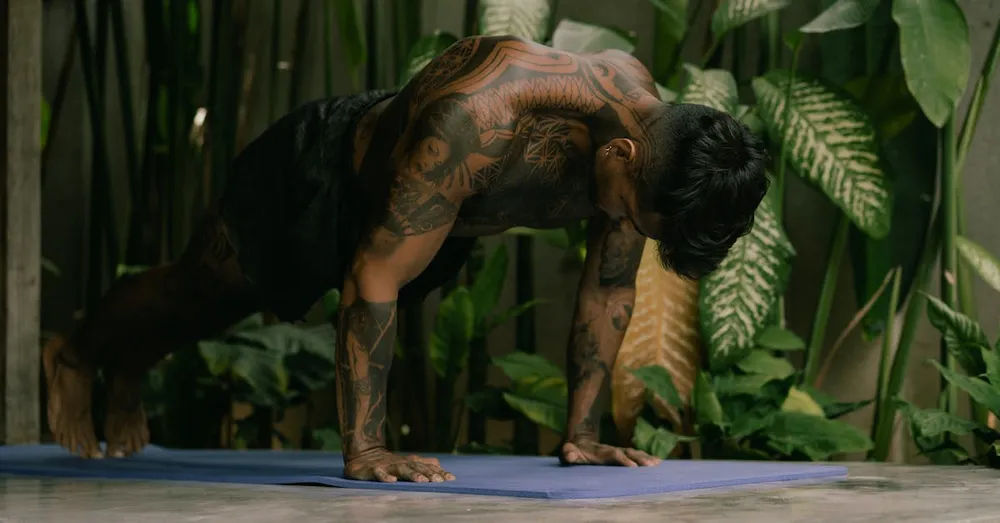
Body shaming is a harmful and pervasive problem in society. It refers to the practice of criticizing or mocking someone's physical appearance, often with the intent of making them feel self-conscious or ashamed of their body. Unfortunately, body shaming is not always intentional and can often occur without us realizing it. Here are eight common ways we might be body shaming without realizing it.
- Using Negative Language: One of the most common ways we might be body shaming without realizing it is through the use of negative language. Words like fat, ugly, or disgusting can be deeply hurtful and reinforce harmful stereotypes about body size and shape. Instead of using negative language, we should strive to use language that is inclusive and affirming of all body types.
- Comparing Our Bodies to Others: Another way we might be body shaming without realizing it is through the practice of comparing our bodies to others. Whether it's comparing ourselves to the ideal body type portrayed in the media or to the bodies of our friends and family, this practice can lead to feelings of inadequacy and low self-esteem. Instead of comparing ourselves to others, we should focus on embracing and accepting our own bodies for what they are.
- Making Jokes About Body Size or Shape: Joking about body size or shape can seem harmless, but it can actually be a form of body shaming. Jokes about big or small bodies can reinforce harmful stereotypes and make people feel self-conscious or ashamed of their bodies. Instead of making jokes, we should strive to create a culture of acceptance and inclusivity.
- Fixating on Diet and Exercise: Another way we might be body shaming without realizing it is by fixating on diet and exercise. While there is nothing wrong with being healthy and taking care of our bodies, an obsession with diet and exercise can lead to disordered eating and an unhealthy relationship with food and our bodies. Instead of fixating on diet and exercise, we should focus on developing a healthy relationship with food and our bodies.
- Ignoring Different Body Types: We might also be body shaming without realizing it by ignoring different body types. By only focusing on one ideal body type and ignoring the diversity of bodies that exist in the world, we reinforce harmful stereotypes and make people feel excluded or invisible. Instead of ignoring different body types, we should strive to recognize and celebrate the diversity of bodies that exist in the world.
- Criticizing Others' Appearance: We might also be body shaming without realizing it by criticizing others' appearance. Whether it's a comment on someone's weight, height, or any other physical characteristic, criticizing others' appearance can be deeply hurtful and reinforce harmful stereotypes. Instead of criticizing others' appearance, we should focus on building a culture of acceptance and inclusivity.
- Using Photoshop or filters: Using Photoshop or filters to alter images of ourselves or others can also be considered a form of body shaming. When we use these tools to change our appearance or others, we're perpetuating the idea that there is something wrong with our bodies and that we need to change them to be accepted. Instead, we should embrace our natural appearance and encourage others to do the same.
- Being Silent: Lastly, being silent when it comes to body shaming can also be considered as a form of body shaming. When we witness body shaming and don't speak up, we're giving implicit permission for that behavior to continue. Instead, we should actively speak out against body shaming and make sure that everyone around us knows that it's not acceptable.
In conclusion, body shaming is a harmful and pervasive problem in society, but it's not always intentional
and can often occur without us realizing it. By being aware of these common ways we might be body shaming without realizing it, we can take steps to change our behavior and create a more inclusive and accepting culture.
One of the most important steps we can take is to educate ourselves about body diversity and inclusivity. This means learning about different body types and shapes, as well as the impact that body shaming can have on individuals and society as a whole. By educating ourselves, we can develop a deeper understanding of the issue and be better equipped to recognize and address body shaming when it occurs.
Another important step is to practice self-reflection and self-awareness. We should take time to examine our own attitudes and behaviors towards body size and shape, and be honest with ourselves about any biases or prejudices we may hold. By being self-aware and actively working to change our own attitudes and behaviors, we can help to create a more inclusive and accepting culture.
It's also essential to actively call out body shaming when we see it. Whether it's in the media, online, or in our personal lives, speaking out against body shaming can help to raise awareness and change attitudes. By standing up against body shaming, we can help to create a culture where people of all body types are respected and valued.
Finally, we should strive to create a culture of acceptance and inclusivity. This means actively working to create safe spaces where people of all body types are welcome, and where body shaming is not tolerated. We can do this by promoting positive body image campaigns, creating inclusive policies in the workplace, and by promoting representation of diverse body types in the media.
In conclusion, body shaming is a harmful and pervasive problem in society, but it's not always intentional and can often occur without us realizing it. By being aware of these common ways we might be body shaming without realizing it, educating ourselves, practicing self-reflection, actively calling out body shaming, and creating a culture of acceptance and inclusivity, we can work to change attitudes and create a more inclusive and accepting culture.
Комментарии
Отправить комментарий